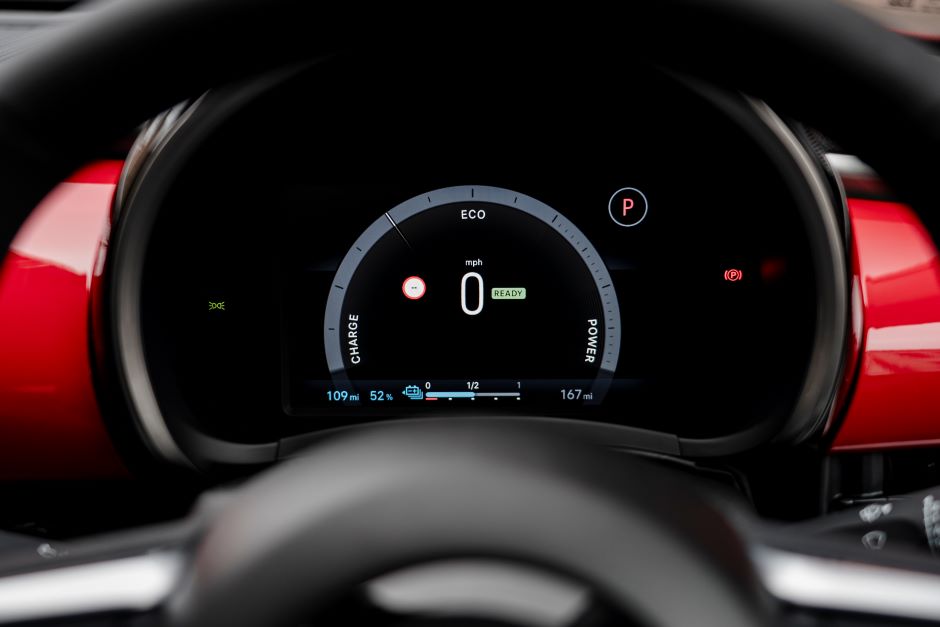

The lights on your vehicle's dashboard carry important meanings, each with a unique purpose. These signals are essential for ensuring the smooth operation of your vehicle, maintaining your safety on the road, and detecting potential issues early. However, many drivers are not fully familiar with these signals, which can lead to delays in taking necessary precautions. Here’s what you need to know about common car signal lights:
1. Check Engine Light
This light is one of the most common and crucial indicators
on the dashboard. If it’s on, there may be an issue with the engine or the
emissions system. If the light stays on, you should take your car to a service
center as soon as possible. If it’s blinking, it indicates a more severe
problem, and it’s unsafe to continue driving.
2. Battery Warning Light
This light, shaped like a battery, indicates an issue with
the battery or the charging system. If the battery warning light comes on, your
car may not function properly. In this case, stop the vehicle and head to the
nearest service center.
3. Oil Pressure Warning Light
If this light is on, there may be an issue with your
engine’s oil level. The engine requires adequate oil pressure to operate
correctly. If you see this warning light, stop your car, check the oil level,
add oil if needed, and consult a service center if the issue persists.
4. Brake System Warning Light
This light generally indicates that the parking brake is
engaged. However, if it stays on without the parking brake being activated,
there may be a problem with the brake system. Check the brake fluid level, and
if the light remains on, it’s best to stop in a safe place and contact a
service center.
5. Airbag Warning Light
When this light is on, it may mean that the airbags are not
working properly, which could affect the safety system in the event of an
accident. If the airbag warning light comes on, visit a service center to
ensure your safety.
6. ABS (Anti-lock Braking System) Warning Light
If this light comes on, there is an issue with your
anti-lock braking system. The ABS prevents the wheels from locking during
sudden braking, helping to maintain control. If this light is on, brake
performance may be reduced, so visiting a service center is advised.
7. Tire Pressure Warning Light
This light, found in modern cars, shows low tire pressure.
Having the correct tire pressure not only improves fuel efficiency but also
extends the life of your tires. Check the tire pressure and adjust if necessary
when this light comes on.
8. Seatbelt Warning Light
This light appears when the driver or passengers haven’t
fastened their seat belts. For your safety, always ensure that your seat belt
is on.
9. Low Fuel Warning
If the low fuel light is on, it means your fuel level is
running low. When this light comes on, head to the nearest gas station. Running
out of fuel could cause damage to your vehicle.
10. Headlight Warning Light
This light indicates whether your headlights are on or off, especially useful for nighttime driving or in rainy weather. Always ensure your headlights are on when needed, particularly during night drives.
Car signal lights provide valuable information for your
safety and the longevity of your vehicle. By recognizing each of these lights,
you can take the appropriate steps to keep your car in good condition and enjoy
a safer driving experience. Don’t hesitate to monitor your dashboard lights and
seek professional help when necessary. Remember, understanding your vehicle’s
signals is the first step toward a secure and smooth journey!